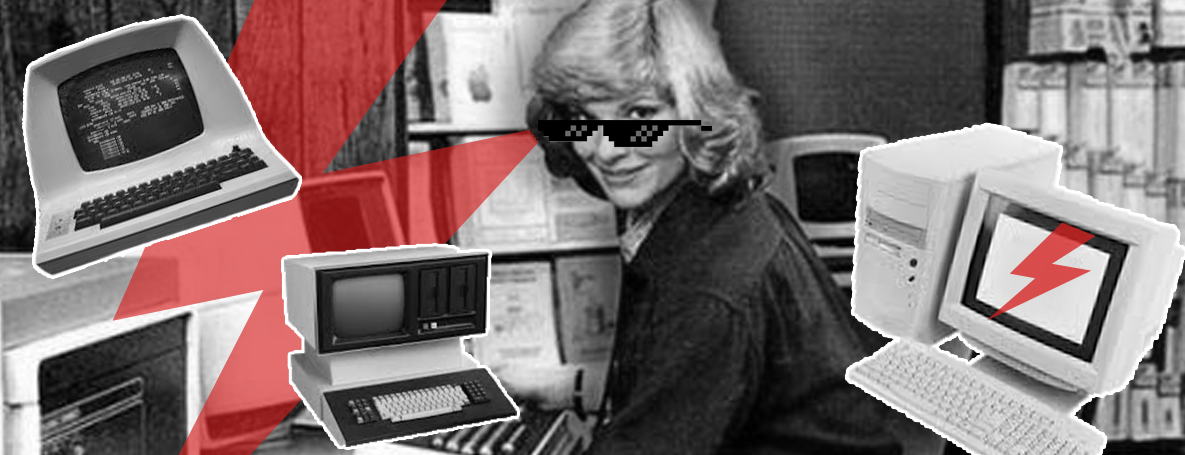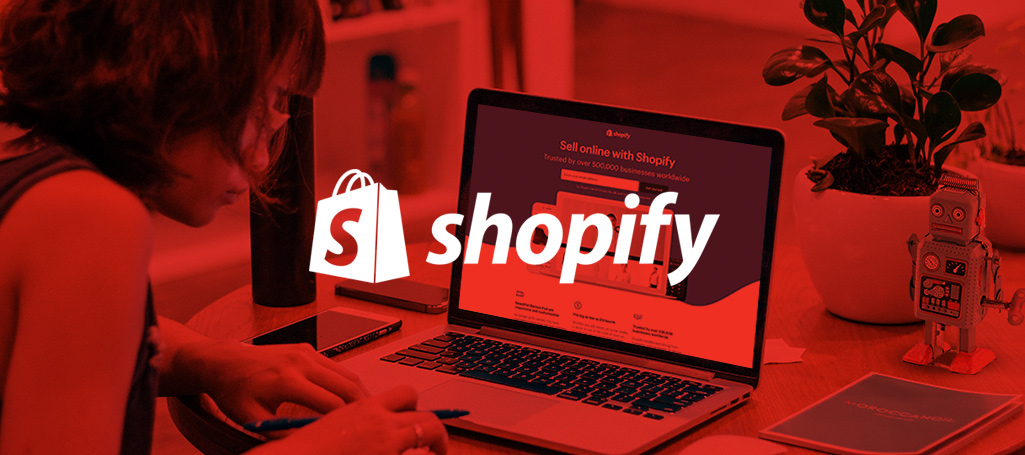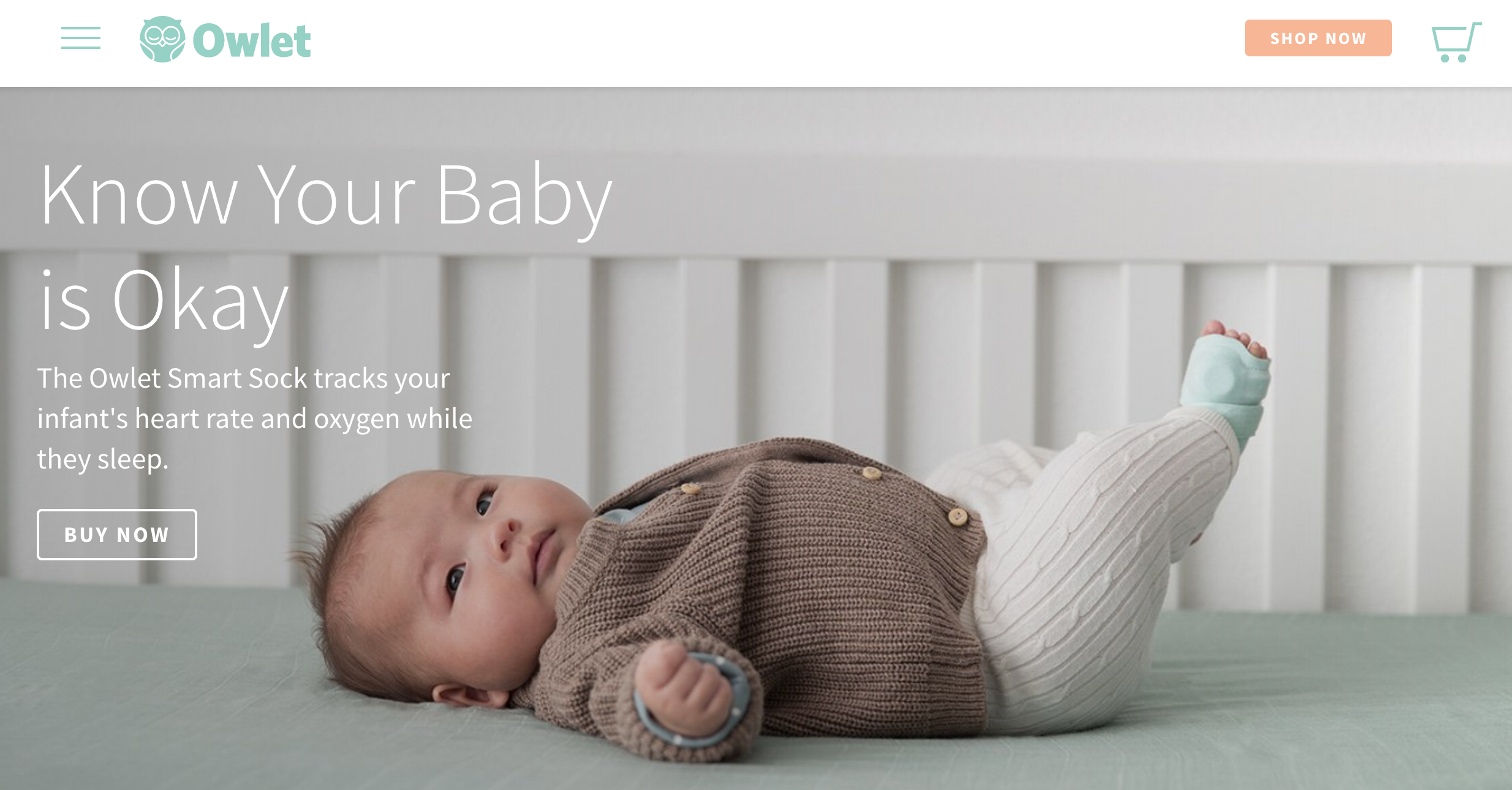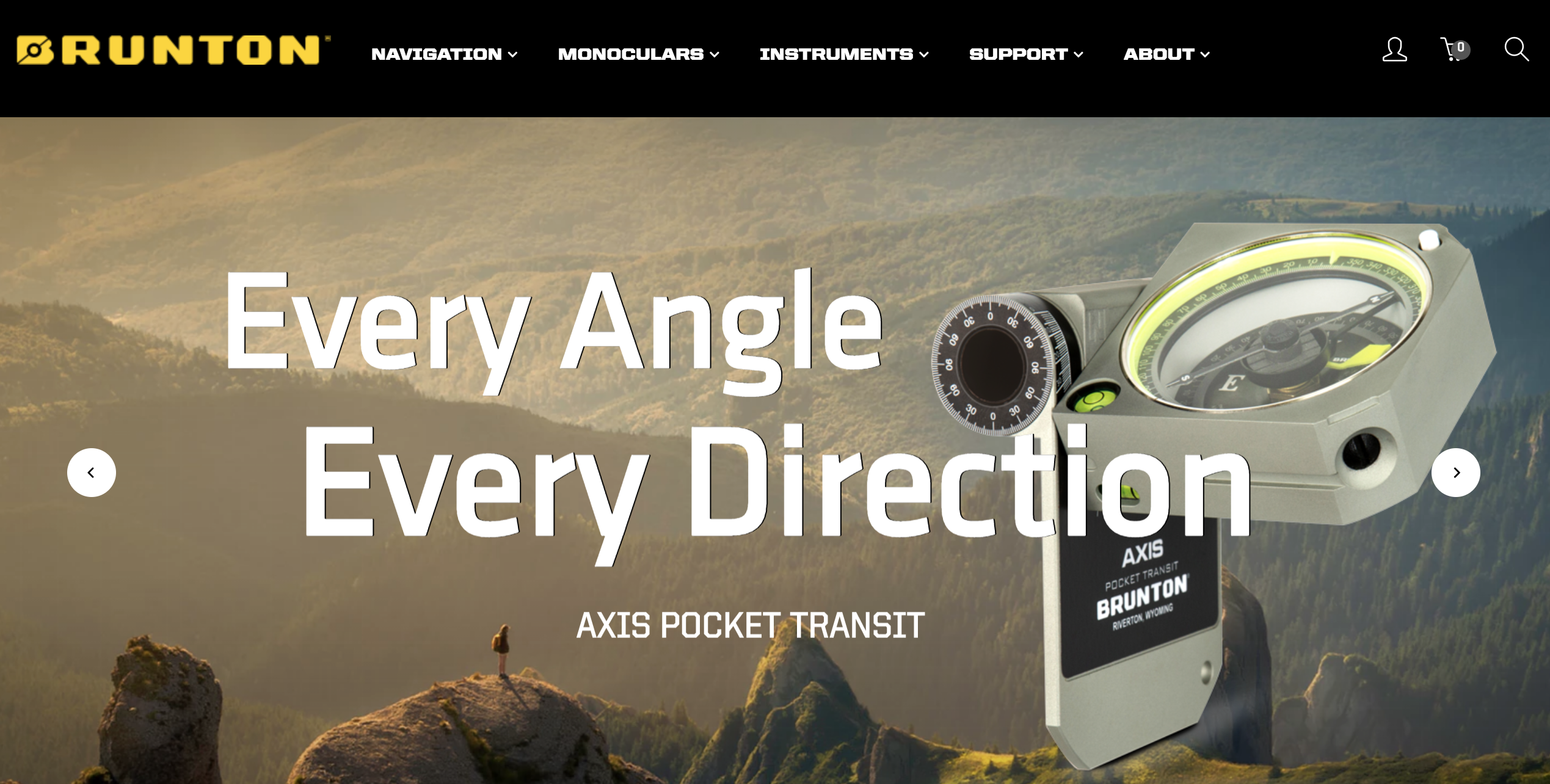
The feminist origins of programming
The origins of programming are explicitly feminist and more diverse than the male faces we see adorning the majority of cubicles today.



Looking for the right eComm platform? Recent Shopify Plus updates may make it the best option for your eComm site. Even better than Demandware.
Everyone is talking about Shopify — how it’s dead-simple to use, screaming fast, scalable, and flexible. As a technology-agnostic digital agency, we’ve worked with all kinds of eComm platforms: Magento, WooCommerce, Demandware, and hybris to name a few .
But we hesitated to recommend Shopify to some of our larger clients. Shopify lacked the advanced features needed for large shops. Now with Shopify Plus, we’re seeing huge advantages to launching on the Shopify platform — even with our larger brands.
Shopify is the fastest growing eComm platform thanks to this recent accelerated trajectory. We’re seeing them churn out features faster than the other eComm platforms we work with. New features like Shopify Flow, Launchpad, and Shopify Scripts for example.
Here are six powerful reasons Shopify might edge out Demandware (now Commerce Cloud) and other mid-market and enterprise eComm platforms as the best option for your business:
One big advantage a brand can have over competitors is a faster time to market. Brands that innovate quickly and consistently improve the buying experience for consumers. This gives the brand a competitive edge and leaves the competition struggling to keep pace.
Shopify has a much lower barrier to entry than other options, allowing faster innovation at a lower cost. Brands that previously built in-house legacy platforms are now moving to Shopify to take advantage of quicker feature upgrades, access to thousands of eComm apps and a huge developer ecosystem.
Shopify puts the eComm platform in the hands of brand marketers rather than the IT department. Having this flexibility closes the gap between marketers and their audience and improves audience connection through unique storytelling. This flexibility also streamlines the process for A/B testing, conversion rate optimization, SEO and landing page creation.
Having a cloud eComm platform reduces total cost of ownership and sys-admin overhead for many brands. Rather than investing in internal server administration, staffing and processes, brands are finding huge cost and time savings with Shopify.
Shopify and Shopify Plus are aggressively launching game-changing features such as Flow, additional sales channels for integrating with Amazon and social channels, JavaScript SDKs and checkout scripts to extend core checkout features.
Shopify also has one of the most active community of designers and developers building custom integrations, themes and apps to extend the core functionality. If your brand is looking to run a promotion or special feature, there is likely already an app available in the Shopify App Store to do what you need to do.
One of the new features of Shopify Plus, is Shopify Checkout. Since so many retailers across the globe are built on Shopify (500,000+ and quickly growing), Shopify Checkout lets customers take advantage of super-quick checkout by creating an account they use on any Shopify store without needing to re-enter their information.
Hot startup brands like Kylie Cosmetics are turning to Shopify for the amazing scalability of the server. When Kylie Jenner posts her new products on Instagram to millions of followers, she doesn’t have to worry if the site is going to crash. Shopify has scalability dialed to perfection. They have screaming fast servers and an architecture that will make sure large volumes of traffic will be handled flawlessly.
Shopify is a pioneer in eComm automation. With three recently launched products, Shopify offers custom automated workflows, automated promotions like flash sales, product releases, and custom checkout options. If you’re interested in digging deeper into these features, the products are Shopify Flow, Launchpad, and Shopify Scripts.
Shopify Plus clearly has a lot to offer, but there are also some key limitations to consider when deciding if it’s the right choice for you. If any of the following are true for you, think carefully before selecting Shopify.
To sum it up, Shopify Plus is faster to market, has lower cost of ownership, increased flexibility, and improved scalability for small, medium and large brands.Want to see some top-notch examples of brands using Shopify? Check out the examples below.
Have a Shopify question or want help with your eComm site build? Give us a call at 303-664-1687 or email us at info@voltagead.com.






VOLTAGE is a digital agency specializing in eCommerce, digital brand experiences, and web apps. Get emails and insights from our team:

The origins of programming are explicitly feminist and more diverse than the male faces we see adorning the majority of cubicles today.

We’re future-izing your inbox! Say hello to our weekly Future Commerce newsletter.